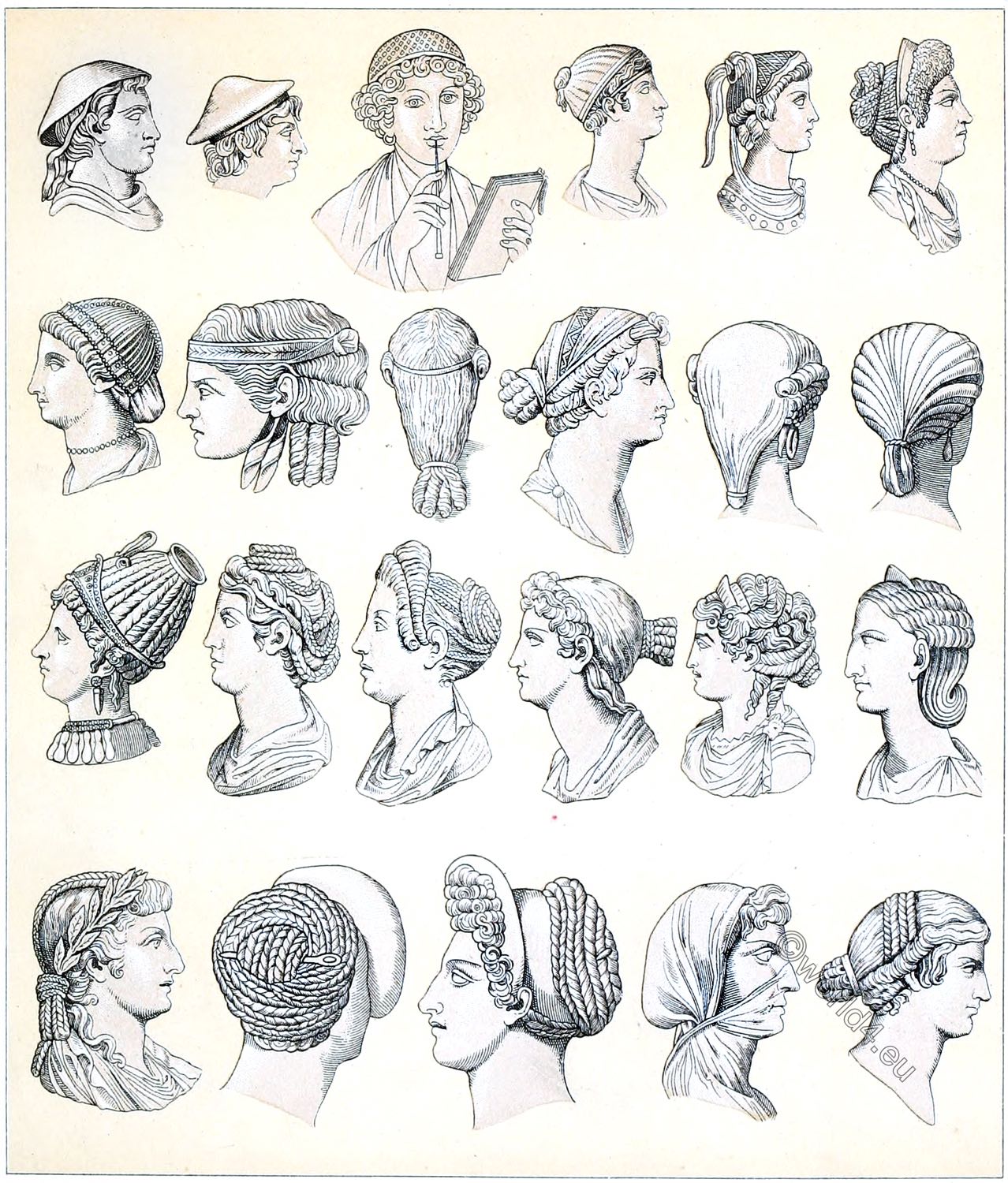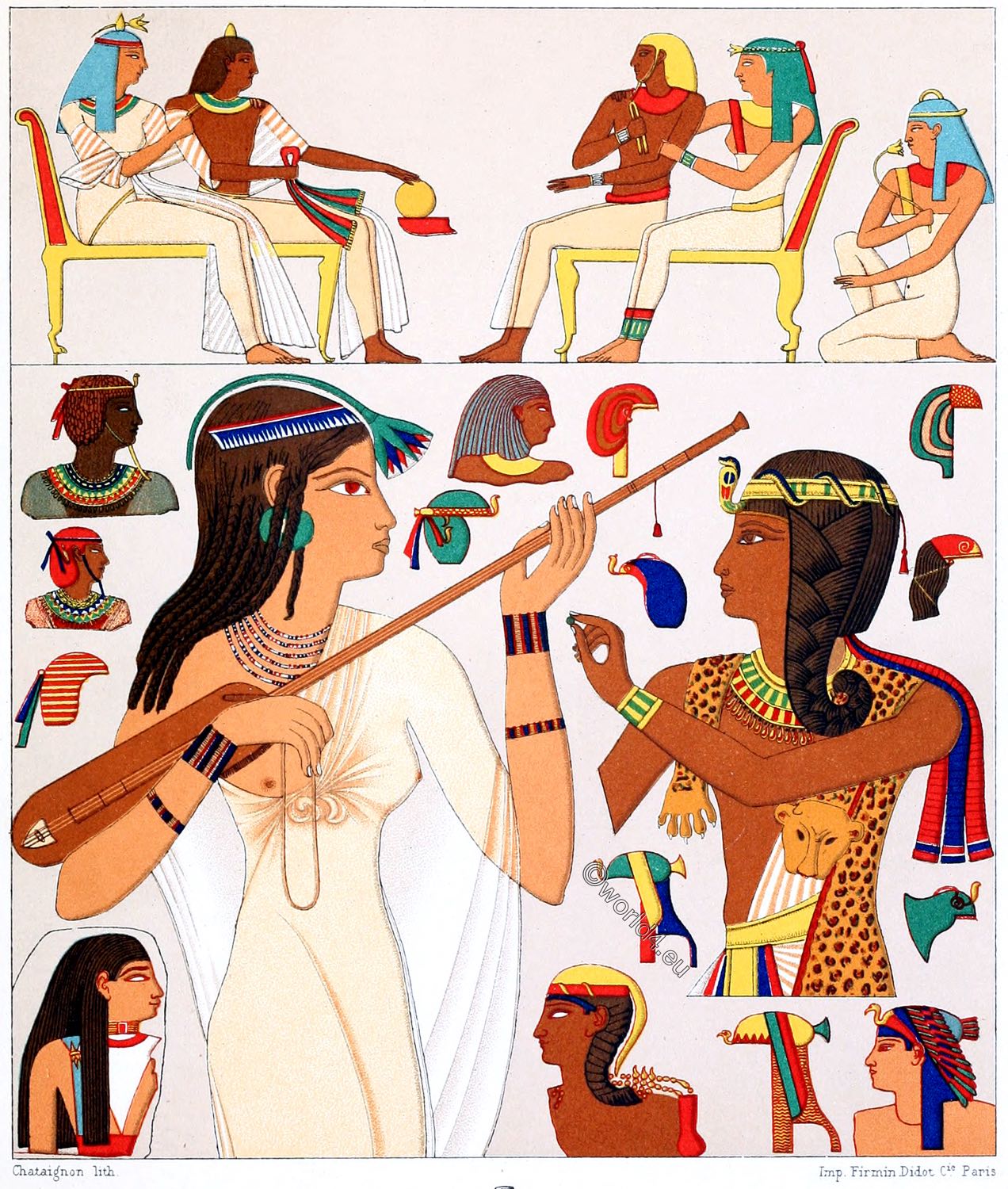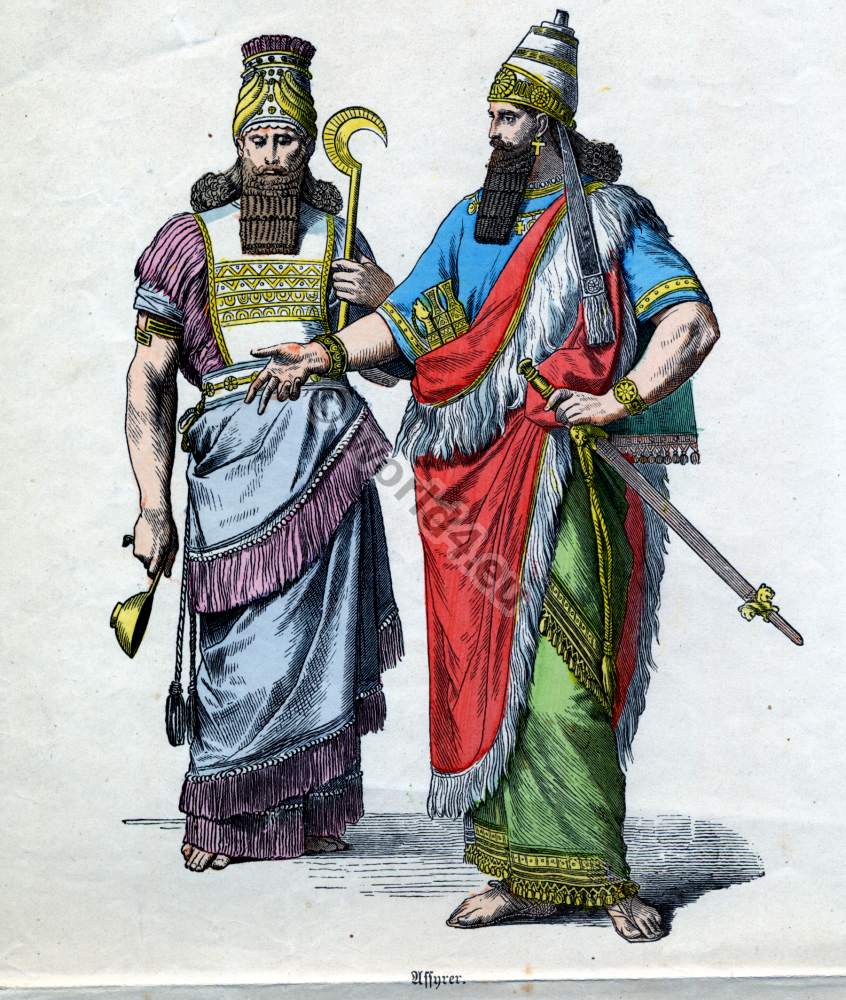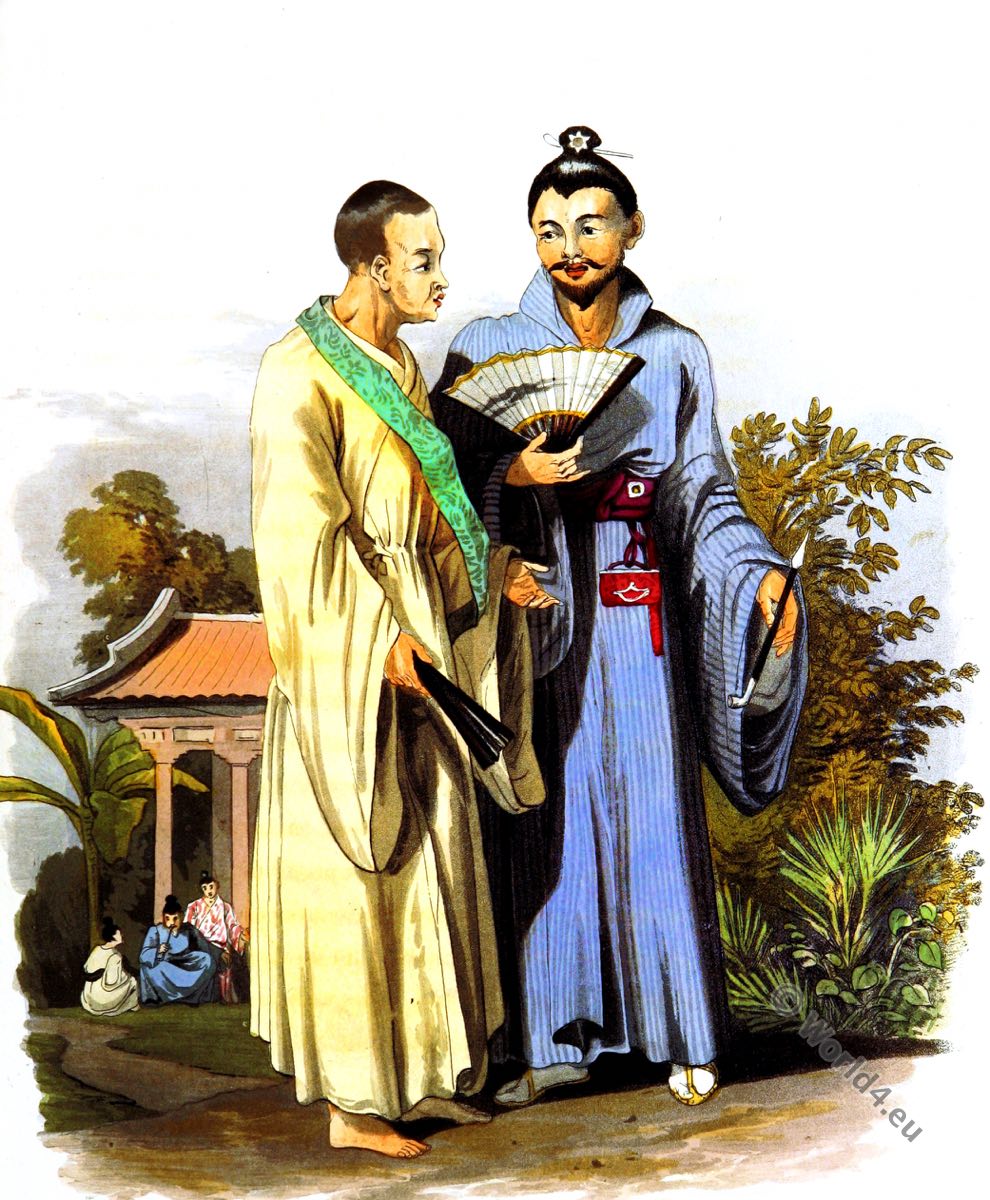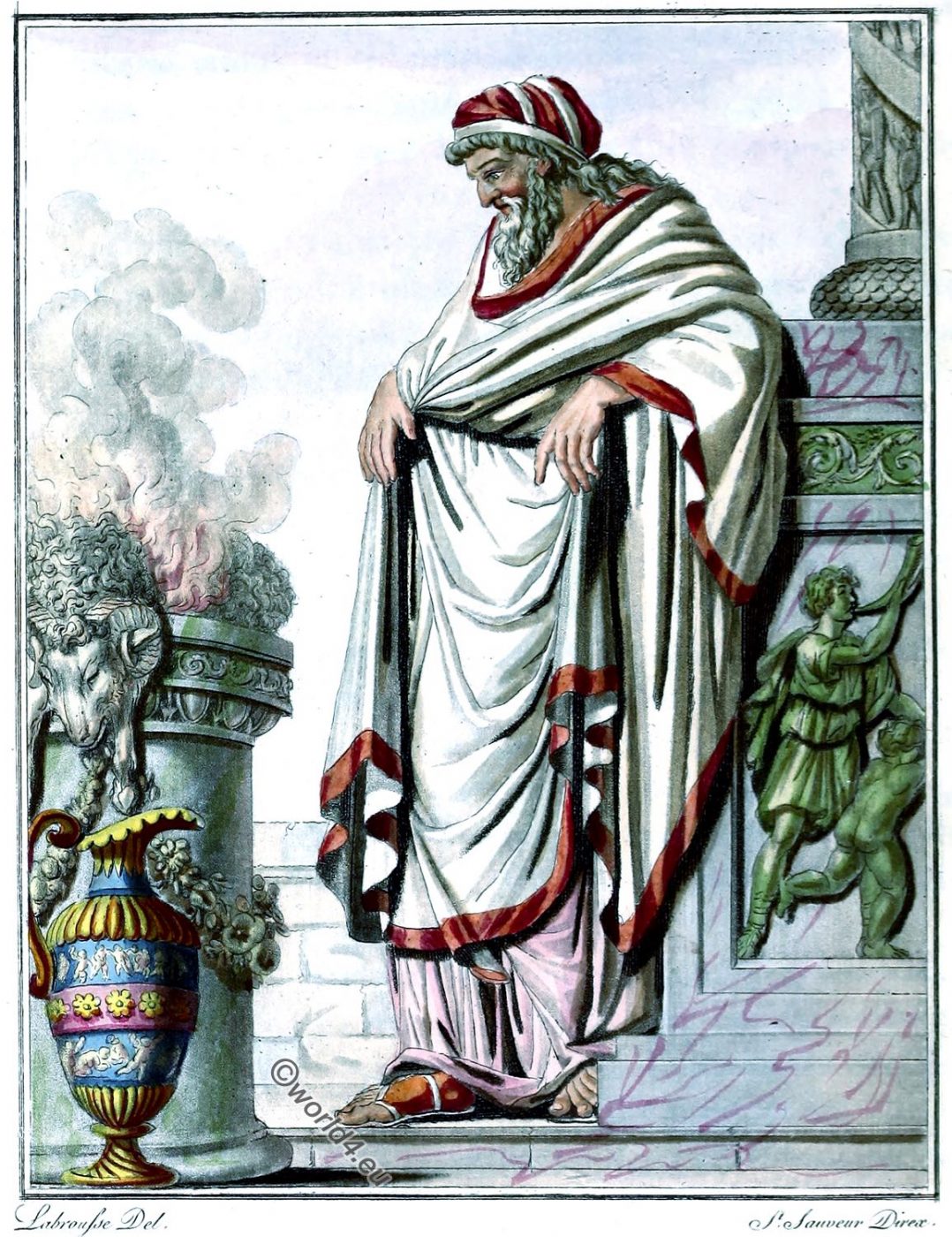
Pontifex Maximus
In ancient Rome, Pontifex Maximus (Great Pontifex, Latin “greatest priest”) was the title given to the high priest or principal priest at the head of the College of Pontifices (Collegium Pontificum). It was the most important position in the ancient Roman religion, which was accessible only to patricians and represented the highest office of prestige and duties within the Roman public religion. Its seat was the Regia, the palace of the former kings of Rome at the Forum Romanum. In 254 B.C., the plebeian Tiberius Coruncanio took this position for the first time.
This pontificate, although more representative in character, was the highest religious level a Roman could aspire to according to the tradition established by Numa Pompilius.
The origins of this priestly office date back to the earliest times of Rome and were connected with the construction of the Sublicio Bridge, Rome’s oldest bridge over the Tiber (also a deity), downstream of the Tiber Island. For the archaic Romans this bridge and its preservation was so important that the oldest and most powerful Roman priesthood was born: the Pontifex “bridge builder between gods and men” (only the greatest authorities with holy functions were allowed to “disturb” the river Tiber by mechanical additions.).
Although it was the most powerful office of the Roman priesthood, the Pontifex maximus was officially placed fifth in the ranking of the highest Roman priests (ordo sacerdotum), behind the Rex sacrorum and the Flamine-Maiores.
The word “Pontifex” and its derivative “Pontiff” later became terms for Catholic bishops, including the Bishop of Rome. The term Pontifex literally means “bridge builder” (Pons + Facere), Maximus literally means “the maximum”. The title “Pontifex Maximus” was applied within the Catholic Church to the Pope as his main bishop and appears on buildings, monuments and coins of Popes of the Renaissance and modern times.
Related
Discover more from World4 Costume Culture History
Subscribe to get the latest posts sent to your email.


